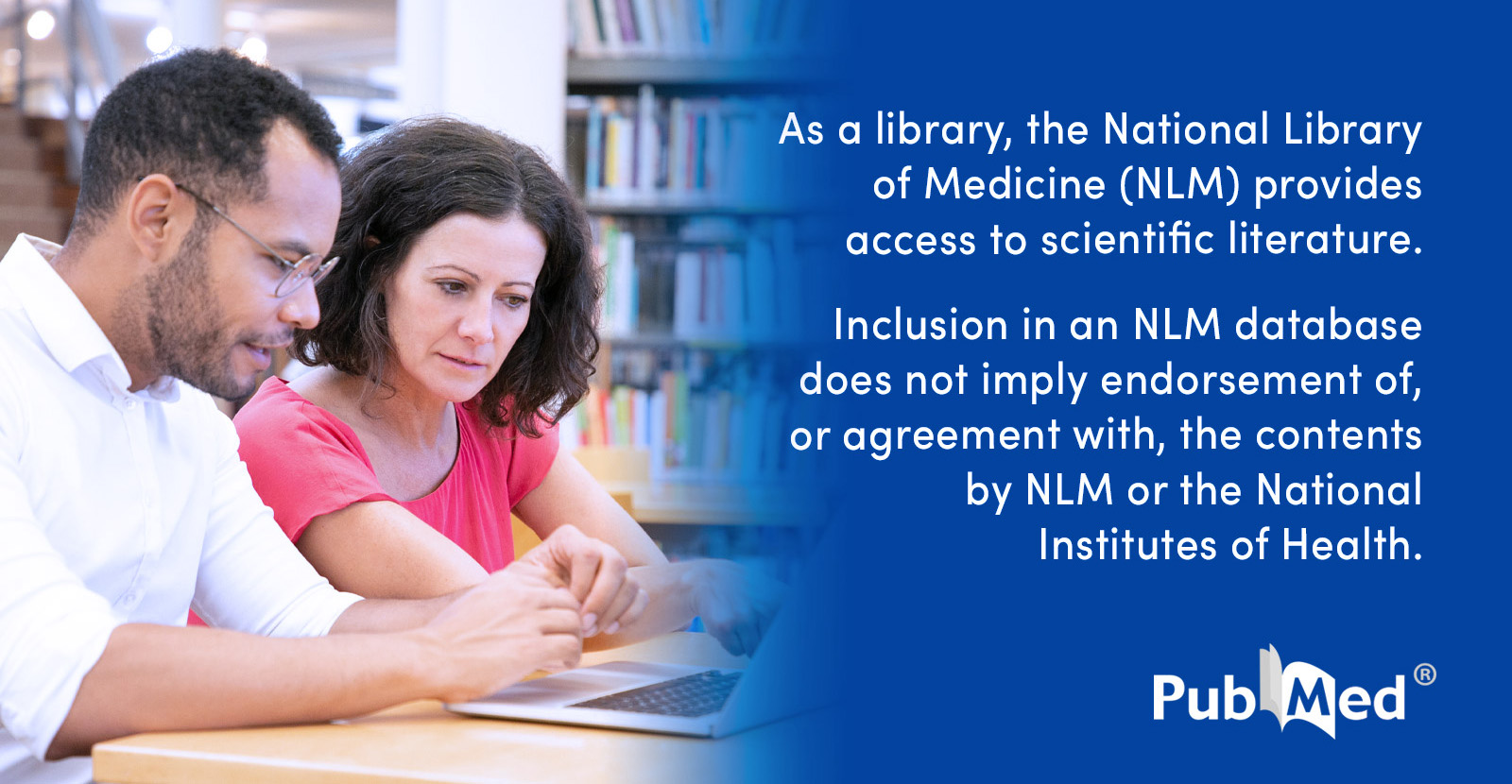T
trueceI
Bronze
- Joined
- Mar 8, 2024
- Posts
- 438
- Reputation
- 441
What is verteporfin
Verteporfin, a medication primarily used in photodynamic therapy for treating eye conditions like age-related macular degeneration, has shown promise beyond eye diseases. Research indicates its potential in scarless healing by inhibiting the Yes-associated protein (YAP) and PDZ-binding motif (TAZ), key components of the Hippo pathway, which is crucial for tissue growth and regeneration. By influencing this pathway, verteporfin may reduce fibrosis and encourage scarless tissue repair.
Why you need it
Scarring poses a significant challenge in the fields of hair transplants, cosmetic surgery, and acne treatment, largely due to its impact on aesthetic outcomes and psychological well-being. In hair transplants, scars can limit styling options and reduce the donor area's viability for future procedures by affecting its elasticity. Cosmetic surgeries are also plagued by scarring issues, where even the finest surgical techniques can result in visible marks that detract from the desired outcomes, potentially necessitating additional treatments to address these scars (alarplasty, hairline lowering, lip lift etc). Similarly, acne scars can severely affect a person's self-esteem and social interactions, as they often leave permanent and sometimes disfiguring marks on the skin. A lot of current acne scar treatments don't truly cure them. By i.e. excising a scar and then injecting verteporfin a scar can be removed.
Anecdotes:


 www.realself.com
www.realself.com




Studies:

 pubmed.ncbi.nlm.nih.gov
pubmed.ncbi.nlm.nih.gov

 pubmed.ncbi.nlm.nih.gov
pubmed.ncbi.nlm.nih.gov
@piec @AlexBrown84 @Orc @buflek @Tasty17 @BrahminBoss
Verteporfin, a medication primarily used in photodynamic therapy for treating eye conditions like age-related macular degeneration, has shown promise beyond eye diseases. Research indicates its potential in scarless healing by inhibiting the Yes-associated protein (YAP) and PDZ-binding motif (TAZ), key components of the Hippo pathway, which is crucial for tissue growth and regeneration. By influencing this pathway, verteporfin may reduce fibrosis and encourage scarless tissue repair.
Why you need it
Scarring poses a significant challenge in the fields of hair transplants, cosmetic surgery, and acne treatment, largely due to its impact on aesthetic outcomes and psychological well-being. In hair transplants, scars can limit styling options and reduce the donor area's viability for future procedures by affecting its elasticity. Cosmetic surgeries are also plagued by scarring issues, where even the finest surgical techniques can result in visible marks that detract from the desired outcomes, potentially necessitating additional treatments to address these scars (alarplasty, hairline lowering, lip lift etc). Similarly, acne scars can severely affect a person's self-esteem and social interactions, as they often leave permanent and sometimes disfiguring marks on the skin. A lot of current acne scar treatments don't truly cure them. By i.e. excising a scar and then injecting verteporfin a scar can be removed.
Anecdotes:

Multiple scar treatments healed after verteporfin with microneedling
6 sessions of microneedling with verteporfin injection 3 burn scars on leg and 1 incision scar on forehead behind hairline , treated by a doctor in Greece...
Verteporfin protocol (First draft based on K K’s self-experiment)
Disclaimer: The following protocol is not medical advice and I do not recommend the usage of Verteporfin on humans without the supervision of a doctor. The purpose of this message is to stimulate the discussion about this promising research.
## Materials
- Verteporfin: Approx. 0.4mg per cm2. Can be bought on MedChemExpress or through suppliers working with MedChemExpress.
- Phosphate Buffered Saline (PBS): Approx. 0.2mL per cm2. Best choice is to get ready-to-use X1 solution that has been sterilized (autoclaved). It usually comes in powder packs, tabs and ready-to-use solution. Powder packs and tabs must be mixed with distilled water. PBS may also come in different concentrations, like 10X or 20X. Depending on concentration, more or less distilled water must be used to get the 1X solution used for injection.
- Sterile 1mL syringe with luer lock tip. AKA insulin syringes without the needles.
- Sterile 4mm 30g needles with luer locks. AKA mesotherapy needles. These needles are very short and will at worst only reach into the fat layer under the skin.
- Sterile glass vial. Used to mix Verteporfin and PBS. Capacity should be greater than intended injection volume.
- Sonicator: Used to dissolve Verteporfin in PBS. Important to get an homogenous solution for injection. Can be bought on amazon for under $50. Usage and tips: TL;DW: Pour bottled water into the sonicator device, hold the glass vial containing Verteporfin and PBS a bit off the middle and submerge the bottom of the vial 1cm into the water.
## Storing Verteporfin
Verteporfin slowly degrades when exposed to light and heat. The original container should protect it from light. Store it in the fridge at under 4ºC. Note that Verteporfin may be kept at room temperature for short periods of time i.e. a few days. Also note that Verteporfin will only last a few hours after mixing it with a solvent like PBS.
## Verteporfin concentration
The concentration used on pigs was 2mg/mL. This means 2mg of Verteporfin for each mL of Phosphate Buffered Saline (PBS). Example: If I bought 5mg of Verteporfin, I would use 2.5mL of PBS to achieve a concentration of 2mg/mL. It is infeasible to weigh such small amounts without expensive equipment, so the amount you buy is the amount you use.
## Injection volume
The exact volume used on pigs is unknown. However, 0.2mL per cm2, and a maximum of 0.1mL per injection site, is reasonable for intradermal injections. Exact volume per injection site would depend on the space between injections. Example: For a 3cm long linear wound, a reasonable injection volume would be 0.6mL distributed in 6 injections of 0.05mL on each edge of the wound.
## Procedure to mix Verteporfin
IMPORTANT: Mixing should be performed in a room with no sunlight and dim lights. Sunlight *will* rapidly degrade Verteporfin.
Verteporfin usually comes inside a very small vial that contains milligrams of dry powder. This vial will be referred to as Original Verteporfin Vial (OVV) in this procedure.
A milligram is an extremely small amount and doing the mixing haphazardly may easily cause the loss of several milligrams. This is why it is important to use proper technique to mix Verteporfin with PBS.
Depending on the capacity of the Original Verteporfin Vial (OVV), it may be necessary to transfer the solution to a larger glass vial—that will be referred to as Mixing Vial (MV) in this procedure—in order to prepare the final total volume. This procedure assumes a larger vial is necessary.
1. Withdraw up to 1mL of PBS using a 1mL syringe.
2. Transfer PBS into the OVV. Rinse off any powder stuck to the walls of the vial using the syringe.
3. Gently tap the OVV a few times to mix.
4. Carefully pour the solution from the OVV into the MV.
5. Repeat steps (1) to (4) if necessary to get any Verteporfin remaining in the OVV.
6. Transfer the remaining volume of PBS to the MV using the syringe to get the desired final total volume.
Disclaimer: The following protocol is not medical advice and I do not recommend the usage of Verteporfin on humans without the supervision of a doctor. The purpose of this message is to stimulate the discussion about this promising research.
## Materials
- Verteporfin: Approx. 0.4mg per cm2. Can be bought on MedChemExpress or through suppliers working with MedChemExpress.
- Phosphate Buffered Saline (PBS): Approx. 0.2mL per cm2. Best choice is to get ready-to-use X1 solution that has been sterilized (autoclaved). It usually comes in powder packs, tabs and ready-to-use solution. Powder packs and tabs must be mixed with distilled water. PBS may also come in different concentrations, like 10X or 20X. Depending on concentration, more or less distilled water must be used to get the 1X solution used for injection.
- Sterile 1mL syringe with luer lock tip. AKA insulin syringes without the needles.
- Sterile 4mm 30g needles with luer locks. AKA mesotherapy needles. These needles are very short and will at worst only reach into the fat layer under the skin.
- Sterile glass vial. Used to mix Verteporfin and PBS. Capacity should be greater than intended injection volume.
- Sonicator: Used to dissolve Verteporfin in PBS. Important to get an homogenous solution for injection. Can be bought on amazon for under $50. Usage and tips: TL;DW: Pour bottled water into the sonicator device, hold the glass vial containing Verteporfin and PBS a bit off the middle and submerge the bottom of the vial 1cm into the water.
## Storing Verteporfin
Verteporfin slowly degrades when exposed to light and heat. The original container should protect it from light. Store it in the fridge at under 4ºC. Note that Verteporfin may be kept at room temperature for short periods of time i.e. a few days. Also note that Verteporfin will only last a few hours after mixing it with a solvent like PBS.
## Verteporfin concentration
The concentration used on pigs was 2mg/mL. This means 2mg of Verteporfin for each mL of Phosphate Buffered Saline (PBS). Example: If I bought 5mg of Verteporfin, I would use 2.5mL of PBS to achieve a concentration of 2mg/mL. It is infeasible to weigh such small amounts without expensive equipment, so the amount you buy is the amount you use.
## Injection volume
The exact volume used on pigs is unknown. However, 0.2mL per cm2, and a maximum of 0.1mL per injection site, is reasonable for intradermal injections. Exact volume per injection site would depend on the space between injections. Example: For a 3cm long linear wound, a reasonable injection volume would be 0.6mL distributed in 6 injections of 0.05mL on each edge of the wound.
## Procedure to mix Verteporfin
IMPORTANT: Mixing should be performed in a room with no sunlight and dim lights. Sunlight *will* rapidly degrade Verteporfin.
Verteporfin usually comes inside a very small vial that contains milligrams of dry powder. This vial will be referred to as Original Verteporfin Vial (OVV) in this procedure.
A milligram is an extremely small amount and doing the mixing haphazardly may easily cause the loss of several milligrams. This is why it is important to use proper technique to mix Verteporfin with PBS.
Depending on the capacity of the Original Verteporfin Vial (OVV), it may be necessary to transfer the solution to a larger glass vial—that will be referred to as Mixing Vial (MV) in this procedure—in order to prepare the final total volume. This procedure assumes a larger vial is necessary.
1. Withdraw up to 1mL of PBS using a 1mL syringe.
2. Transfer PBS into the OVV. Rinse off any powder stuck to the walls of the vial using the syringe.
3. Gently tap the OVV a few times to mix.
4. Carefully pour the solution from the OVV into the MV.
5. Repeat steps (1) to (4) if necessary to get any Verteporfin remaining in the OVV.
6. Transfer the remaining volume of PBS to the MV using the syringe to get the desired final total volume.
As for the method, it's at least recommended to inject underneath the skin flaps at the edges of your excision
Like this:



Quote from K K's self experiment:
"I went with 0.1 mg per linear scar, 0.2mg, 0.3mg, 0.4mg an 0.6mg
2nd time I also injected around edges of scar but not on base (need on base of wound). But for small scars it leaks to base anyway
For me I think 0.1mg per cm around edges of open wound worked best. Which is equivalent to 0.2mg of linear scar, if inject after wound is closed/stitched"
The dosage for the base injection used in the mice study below was: "30 μL of verteporfin (1 mg/mL) per wound was injected locally into the wound base"
Like this:
Quote from K K's self experiment:
"I went with 0.1 mg per linear scar, 0.2mg, 0.3mg, 0.4mg an 0.6mg
2nd time I also injected around edges of scar but not on base (need on base of wound). But for small scars it leaks to base anyway
For me I think 0.1mg per cm around edges of open wound worked best. Which is equivalent to 0.2mg of linear scar, if inject after wound is closed/stitched"
The dosage for the base injection used in the mice study below was: "30 μL of verteporfin (1 mg/mL) per wound was injected locally into the wound base"
Studies:

Multi-omic analysis reveals divergent molecular events in scarring and regenerative wound healing - PubMed
Regeneration is the holy grail of tissue repair, but skin injury typically yields fibrotic, non-functional scars. Developing pro-regenerative therapies requires rigorous understanding of the molecular progression from injury to fibrosis or regeneration. Here, we report the divergent molecular...

Hyaluronic acid-modified and verteporfin-loaded polylactic acid nanogels promote scarless wound healing by accelerating wound re-epithelialization and controlling scar formation - PubMed
Wound healing is a common occurrence. However, delayed healing and aberrant scarring result in pathological wound healing. Accordingly, a scarless wound healing remains a significant clinical challenge. In this study, we constructed hyaluronic acid (HA)-modified and verteporfin (VP)-loaded...
@piec @AlexBrown84 @Orc @buflek @Tasty17 @BrahminBoss



